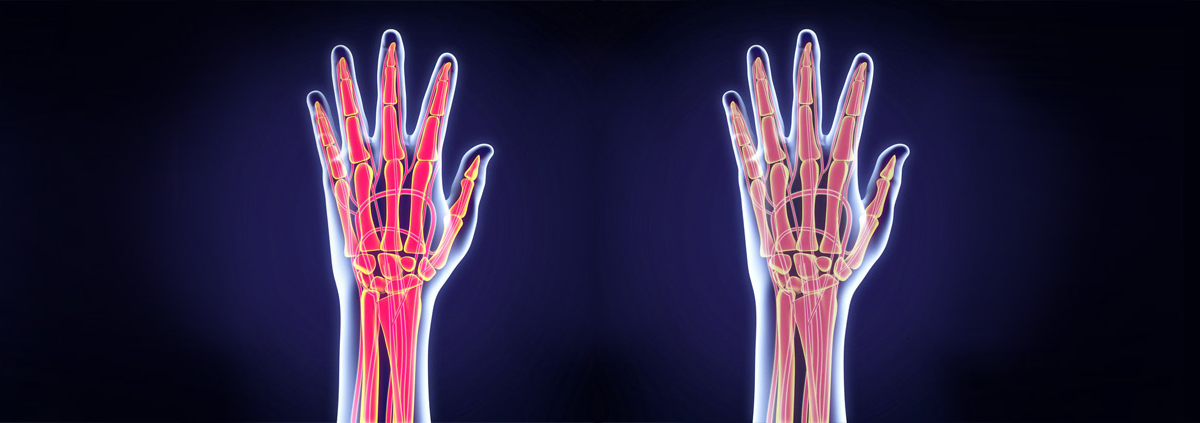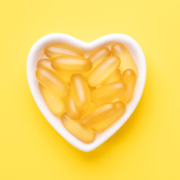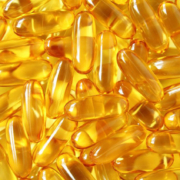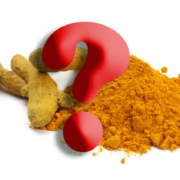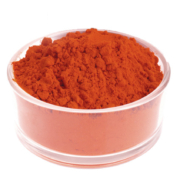The Health Benefits of Spices
Continuing our look at the research study on the effect of spices on markers of inflammation, there were some interesting results. The high-fat, high-carbohydrate meal was coconut curry chicken, a cornbread muffin, and a biscuit; that strikes me as an odd meal, but you do what you must for research. The only difference was the spices added to allow for comparative results.
Examining the effect of the 1,000-calorie, high-fat, high-carbohydrate meal, the researchers found an increase in the release of inflammatory hormones above baseline in all subjects. So that’s the first result: inflammation was increased after eating the test meal with no spices added.
Compare that to consumption of the same meal with six grams of spice blend: it significantly reduced IL-1β secretion at four hours after the meal compared with the meal with none of the spice blend. Also, IL-6, IL-8, MCP-1, and TNF-α secretion after the meal containing six grams of the spice blend was below baseline values for each cytokine (inflammatory hormone). These results suggest that spice consumption may reduce inflammation after a high-fat, high-carbohydrate meal for hours after eating. The paper is Open Access, so you can read it yourself at the link in the references.
Those are interesting results, and I’m guessing you really would like to know which spices were used in the study. I’m going to give you that spice blend and put this research in context in Saturday’s memo. But if you haven’t done our little experiment with the teaspoon, half teaspoon, and eighth teaspoon, please do it before then.
What are you prepared to do today?
Dr. Chet
Reference: J Nutr 2020;150:1600–1609.

